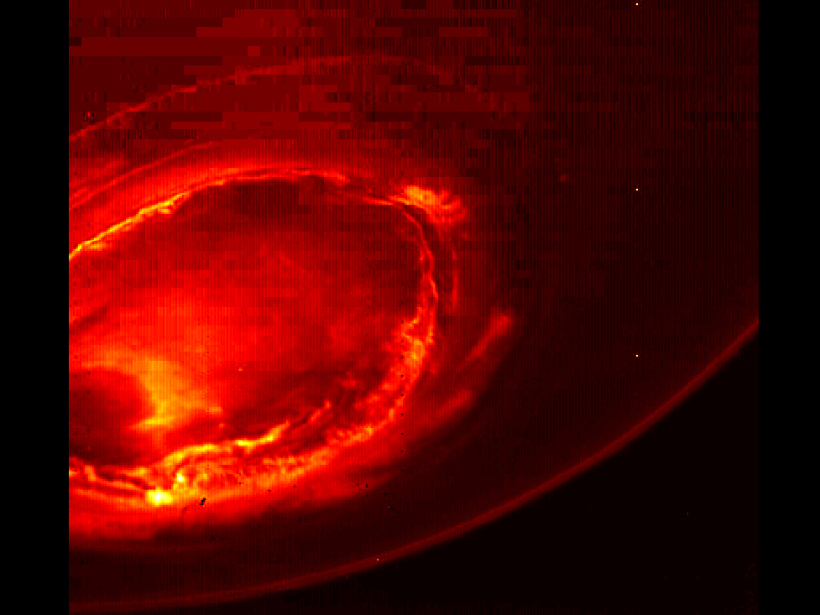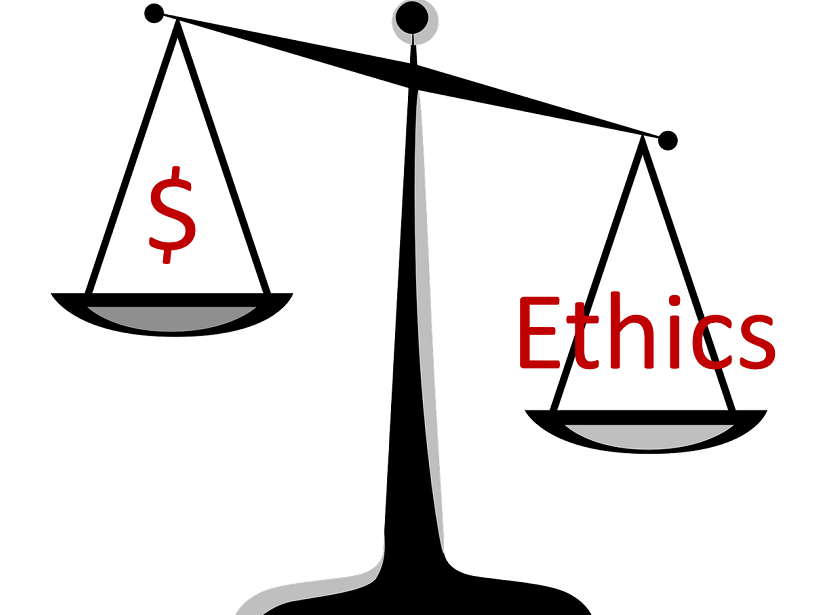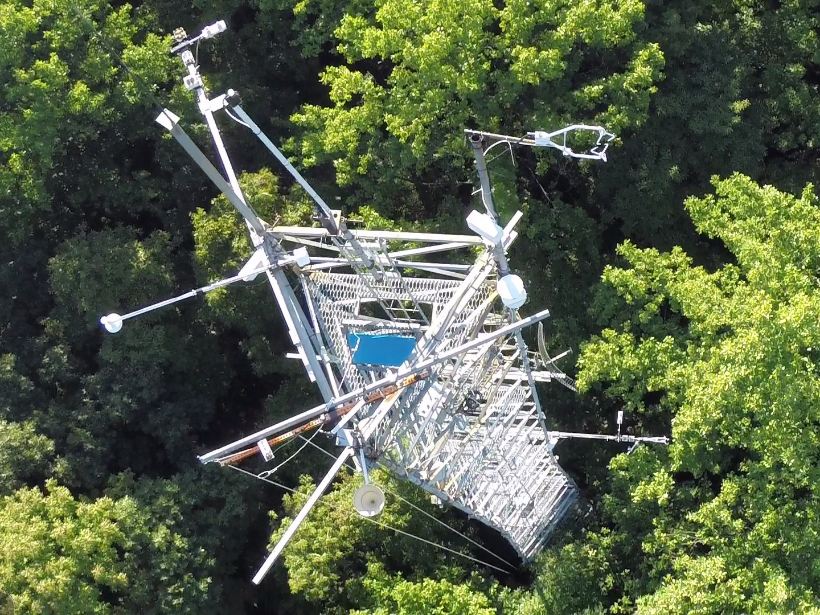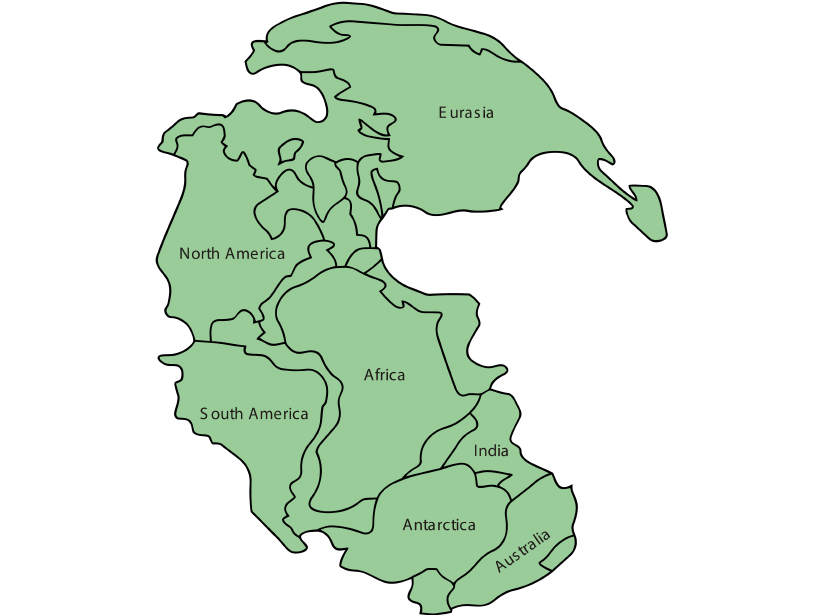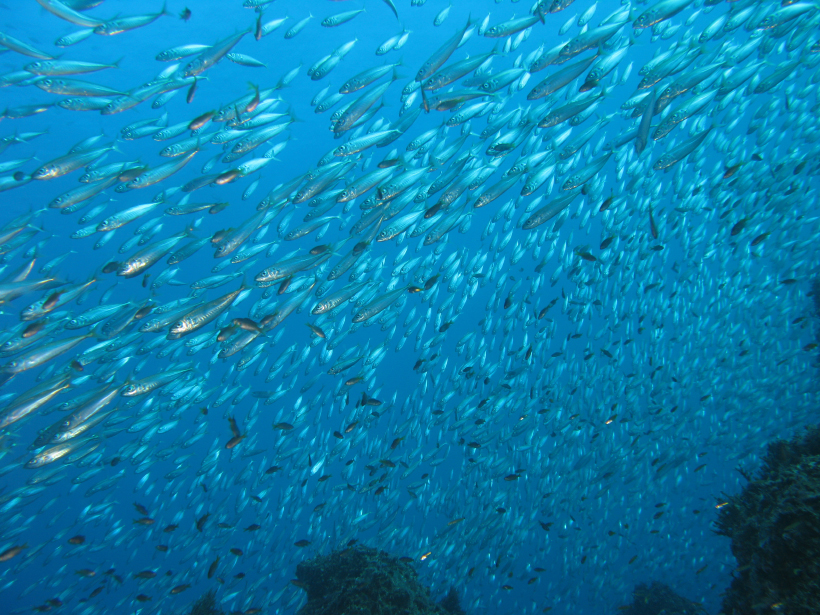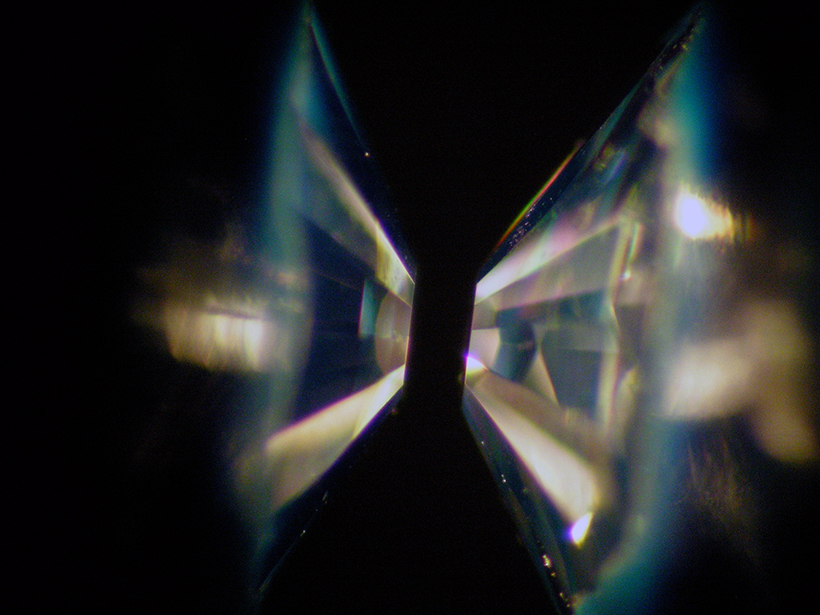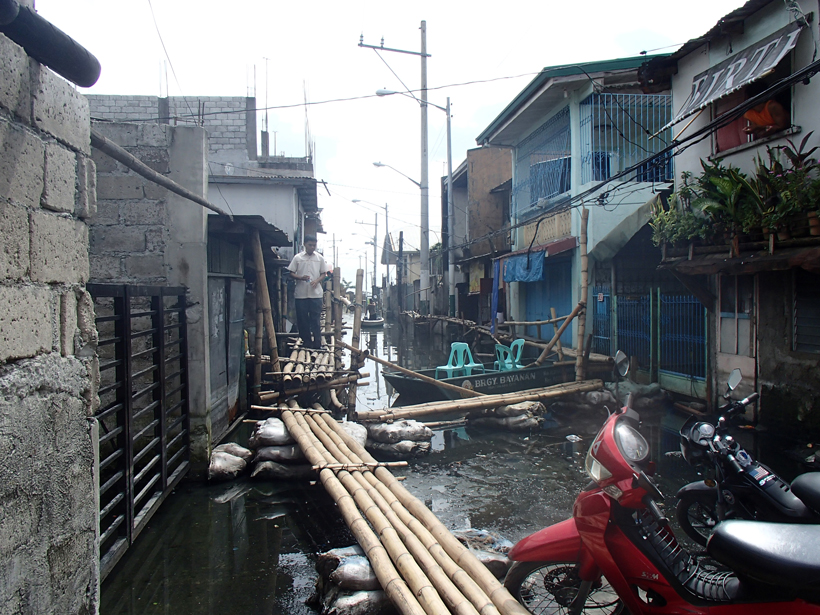The unexpected character of the beams, revealed by NASA’s Juno spacecraft, suggests that the processes that produce Jupiter’s auroras are unlike those on Earth.
CC BY-NC-ND 2017
The Inherent Conflict of Interest in For-Profit Journals
An editor of Geochemistry, Geophysics, Geosystems reflects on the increase in for-profit journals and the implications for scholarly publishing and scientific integrity.
Avoiding Predators in Publishing
As the number of publishers that choose profit over ethics grows, find out how to avoid their scams and support organizations promoting best practices in scholarly communication.
Warm Waters in West Antarctica
A recent paper in Reviews of Geophysics describes the atmospheric and oceanic processes that are causing ice loss in the Antarctic.
Deforestation Effects as Different as Night and Day
Study investigates how deforestation can cause different land surface temperature effects depending on the time of day.
Lab Experiments Show How Fault Surfaces Get Groovy
Formation of nanometer-scale quartz beads could promote linear “slickenline” patterns and facilitate fault movement.
Paleomagnetic Data Hint at Link from Earth’s Core to Continents
Earth’s magnetic field waxes and wanes as supercontinents form and break up, suggests a new study postulating a direct connection between our planet’s crust and its core.
How Will Climate Change Affect the California Current Upwelling?
The results of new simulations that account for internal climate variability contrast with previous projections of how this vital West Coast current will respond to anthropogenic warming.
Lab Tests Probe Carbon Planets’ Inner Dynamics
Thermal convection in deep interiors could be more vigorous in carbide planets than in comparably sized silicate planets, according to new high-pressure measurements of silicon carbide.
Mapping Dengue Fever Hazard with Machine Learning
Researchers develop a predictive software system to identify city-specific, dengue fever risk areas amid a global increase in cases.

